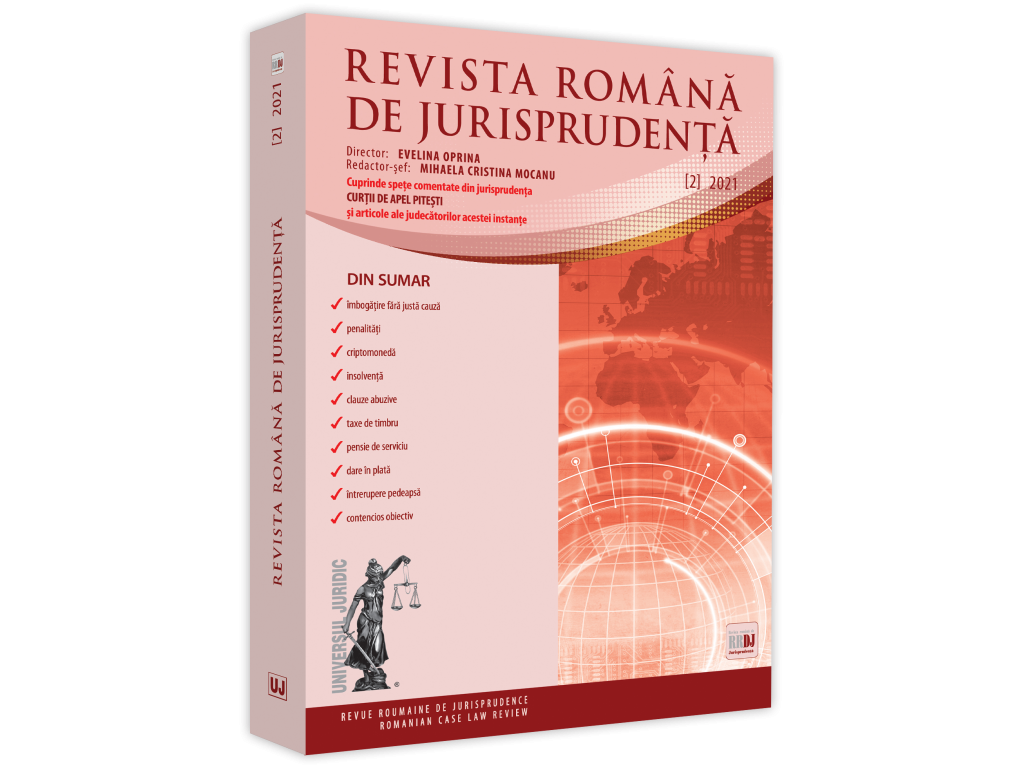Direct action by the sub-contractor against the beneficiary of the work for payment of sums owed by the contractor. Conditions
DREPT SOCIETAR ŞI INSOLVENŢĂ
Abstract
Article 1856 of the Civil Code assumes the existence of two contracts: necessarily a general contractor agreement and another contract between the general contractor and the worker, which may be of a different nature (on this the Code does not provide any restrictions). In all cases, however, regardless of the contractual relationship between the worker and his co-contractor, a contract of employment must be concluded between the latter and the beneficiary; only in this hypothesis does the worker have direct recourse against the beneficiary, a conclusion which follows both from the wording of the text and from its topography, being inserted in Chap. VI Contracts of Contractor of Title IX, Book V of the Civil Code. The text, which concerns an exceptional situation (in doctrine direct actions are analysed as apparent exceptions to the principle of the relativity of the effects of the contract) is of strict application and interpretation and cannot be extended by analogy to other contracts, even if the situations could be regarded as similar.








